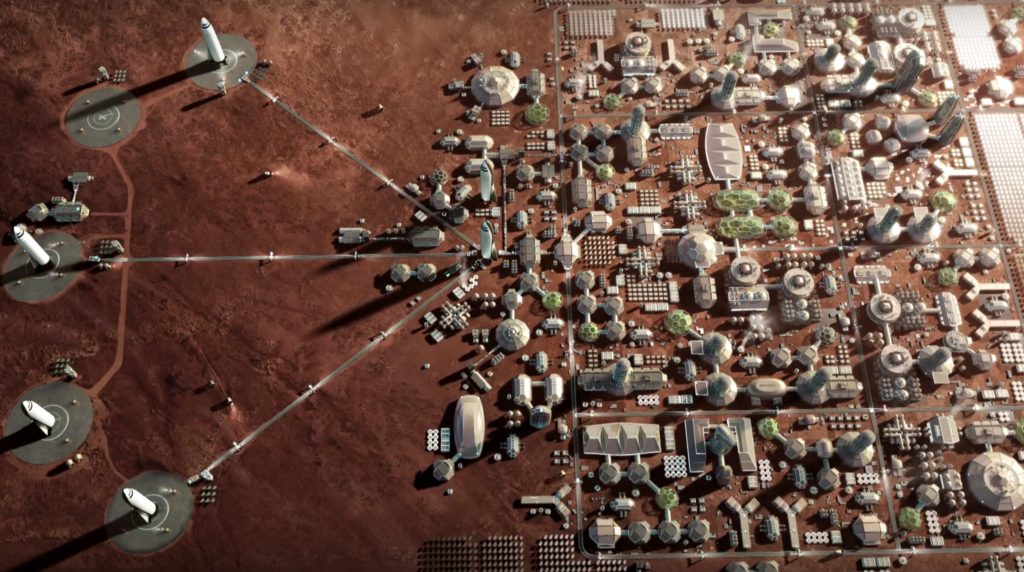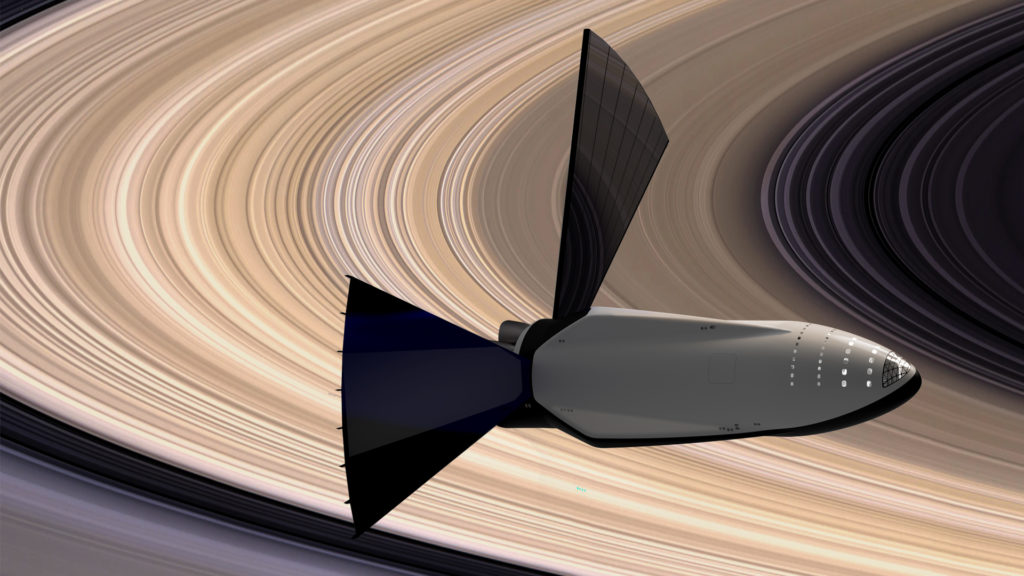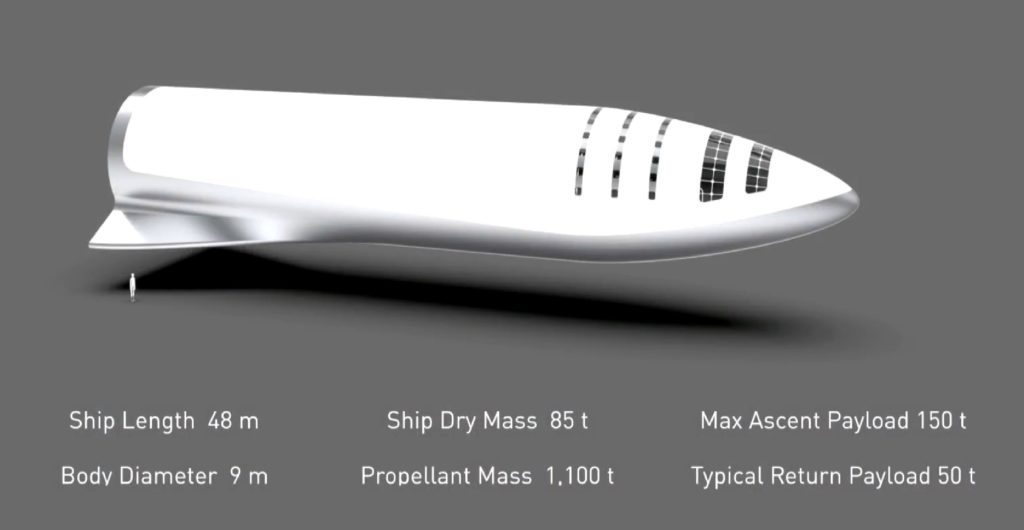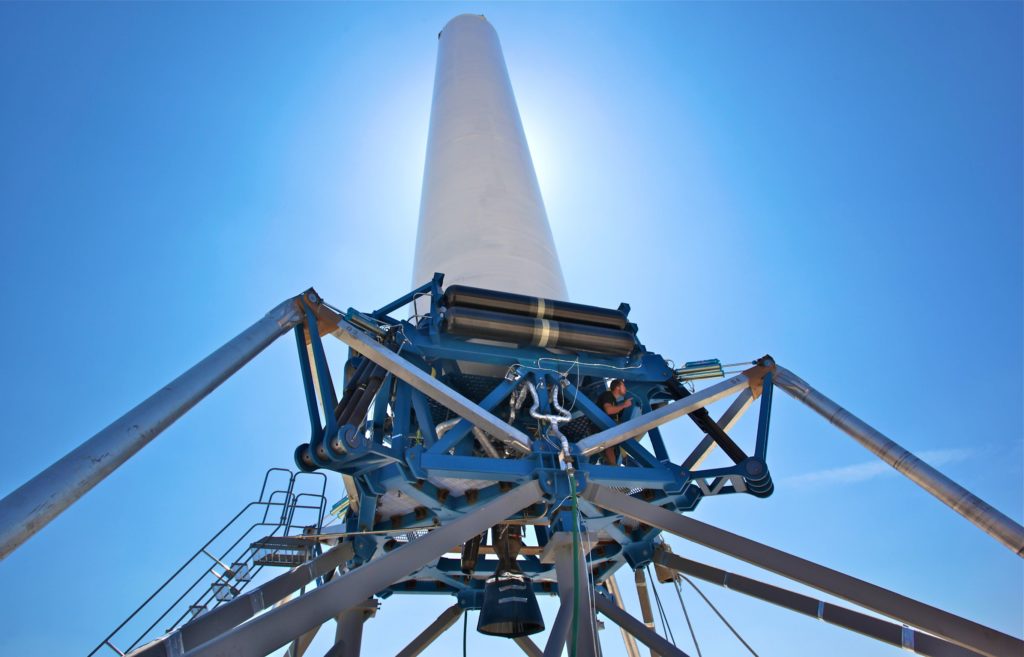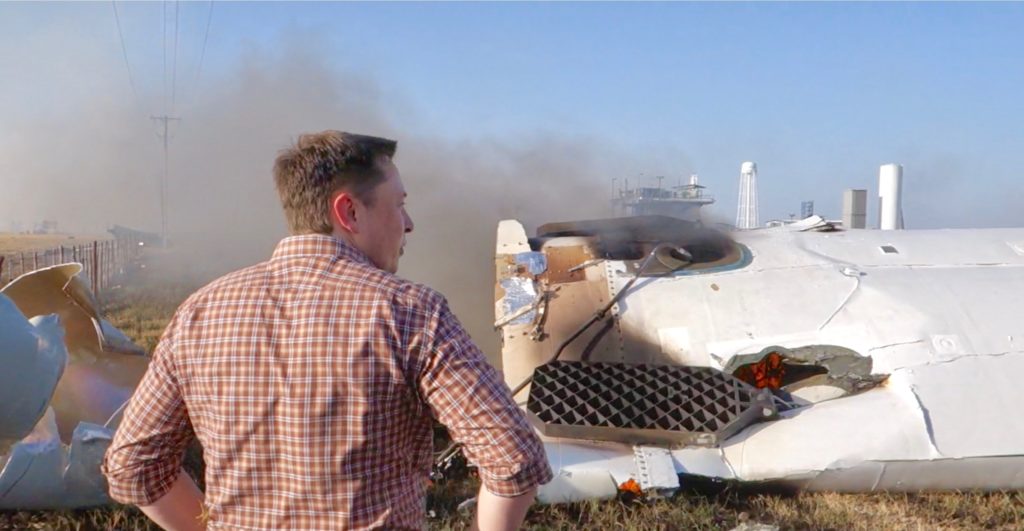
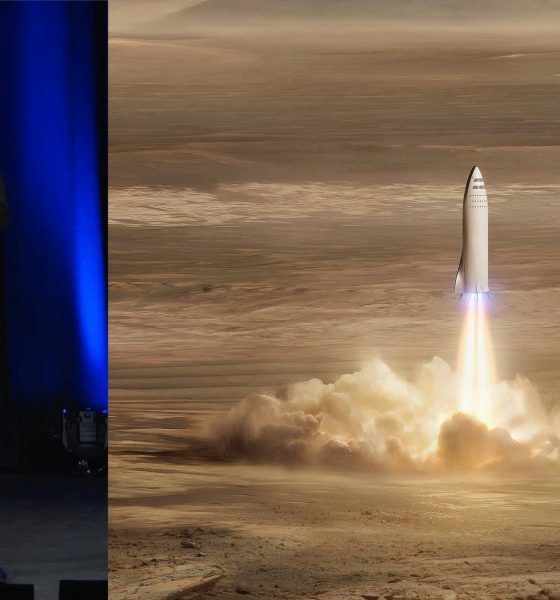
News
Elon Musk’s SpaceX AMA: Living on Mars, Spaceship Info, Timeline
SpaceX CEO Elon Musk hosted a Reddit AMA (Ask Me Anything) earlier this afternoon and spent several hours drinking whiskey, trolling the audience, answering some great questions, and generally having a blast. He revealed a vast array of fascinating new details about SpaceX’s giant new rocket (BFR), its upper stage spaceship (BFS), and much more.
All of Musk’s answers from the AMA have been collated and organized by category below. You’ll want to shy away from the AMA page itself, currently clocking in at more 10,000 comments.
When useful, particularly dense and technical responses have been summarized in italics for a broader audience.
Living on Mars
Q: Obviously there will be an extreme amount of care put into what is sent on the first missions, and the obvious answer of “Solar Panels” and “Fuel Production Equipment” is included, but what else?
A (Elon): Our goal is get you there and ensure the basic infrastructure for propellant production and survival is in place. A rough analogy is that we are trying to build the equivalent of the transcontinental railway. A vast amount of industry will need to be built on Mars by many other companies and millions of people.
Q: Does your Mars city feature permanently anchored BFS spaceships?
A (Elon): Wouldn’t read too much into that illustration
Q: Have any candidate landing sites for the Mars base been identified?
A (Elon): Landing site needs to be low altitude to maximize aero braking, be close to ice for propellant production and not have giant boulders. Closer to the equator is better too for solar power production and not freezing your ass off.
Q: Who will design and build the ISRU system for the propellant depot, and how far along is it?
A (Elon): SpaceX. Design is pretty far along. It’s a key part of the whole system.
Without ISRU (In-Situ Resource Utilization), BFS is unlikely to ever be able to take humans to Mars affordably enough to enable large colonies. This news is thus of huge importance, and suggests that SpaceX will be able to focus on developing BFR and BFS near-term.

Another hypothetical SpaceX city on Mars. Bases will need to be located near water resources. (SpaceX)
SpaceX Big F** Spaceship (BFS)
Q: Will the BFS landing propellants have to be actively cooled on the long trip to Mars?
A (Elon): The main tanks will be vented to vacuum, the outside of the ship is well insulated (primarily for reentry heating) and the nose of the ship will be pointed mostly towards the sun, so very little heat is expected to reach the header tanks. That said, the propellant can be cooled either with a small amount of evaporation. Down the road, we might add a cryocooler.
A (Elon): exactly (while methane could be kept in its liquid form solely through high pressure storage, the pressures required are immense and would require tanks that would be far too heavy for a rocket’s second stage.
Cold liquid oxygen and methane will unavoidably warm up over time, eventually returning to their gaseous forms if allowed. SpaceX’s solution for BFS, which will spend several months between Earth and Mars, is to rely on the Ship’s already great insulation, as well as minimal evaporative cooling (similar to how swamp coolers work).
Q: Will the BFS heat shield be mounted on the skin, or embedded?
A (Elon): The heat shield plates will be mounted directly to the primary tank wall. That’s the most mass efficient way to go. Don’t want to build a box in box.

Dragon 2’s PICA-X heat shield can be seen on the right. BFS’s heat shield will be made of the same material, albeit on a much larger scale. (SpaceX)
Q: Can the BFS delta wings and heat shield be removed for deep space missions?
A (Elon): Wouldn’t call what BFS has a delta wing. It is quite small (and light) relative to the rest of the vehicle and is never actually used to generate lift in the way that an aircraft wing is used.
Its true purpose is to “balance out” the ship, ensuring that it doesn’t enter engines first from orbit (that would be really bad), and provide pitch and yaw control during reentry.
Q: Why is the 2017 BFS spaceship largely cylindrical?
A (Elon): Best mass ratio is achieved by not building a box in a box. The propellant tanks need to be cylindrical to be remotely mass efficient and they have to carry ascent load, so lowest mass solution is just to mount the heat shield plates directly to the tank wall.
For a rocket, mass ratio refers to its weight with a full load of propellant divided by its weight while completely empty. The lighter a rocket’s structure, the more mass it can lift into a given orbit.
- SpaceX’s conceptual Interplanetary Transport System from 2016 was considerably larger and more structurally complex than 2017’s BFR. (SpaceX)
- The relatively cylindrical BFS reduces complexity and lowers weight. (SpaceX)
Q: How does the BFS achieve vertical stabilization, without a tail?
A (Elon): Tails are lame
A (Elon): +1 (The space shuttle’s vertical stabilizer was completely useless for most of the reentry profile, as it was in complete aerodynamic shadow. I think it’s clear a craft doesn’t need one for reentry, only for subsonic gliding, which BFS doesn’t really do.)
BFS doesn’t need a tail because tails add weight, are of little use during orbital reentry, and BFS is not intended to glide.
Q: Why was the number of BFS landing legs increased from 3 to 4?
A (Elon): Because 4
A (Elon): Improves stability in rough terrain
Q: How is the radiation shielding in the ITS?
A (Elon): Ambient radiation damage is not significant for our transit times. Just need a solar storm shelter, which is a small part of the ship. Buzz Aldrin is 87.
While radiation fearmongers may balk at this statement, it is to some extent true. The risks from radiation (PDF) for a six month journey in deep space are approximately similar to several dozen CT scans, while two years spent on the surface of Mars with little to no shielding would result in about the same amount of exposure. Underground habitats could alleviate a considerable amount of the risk from living on Mars’ surface.
The issues and dangers posed by radiation ought not be trivialized but they can be dealt with, particularly if BFR can deliver massive payloads to the planet.
Q: Why was the location and shape of the BFS header/landing tanks changed?
A (Elon): The aspiration by the change was to avoid/minimize plumbing hell, but we don’t super love the current header tank/plumbing design. Further refinement is likely.
Header tanks refer to smaller tanks contained within the main propellant tanks that are used to ignite engines in microgravity. It’s easier to pressurize or simply fill the smaller tanks than it is to do so with the massive main tanks.
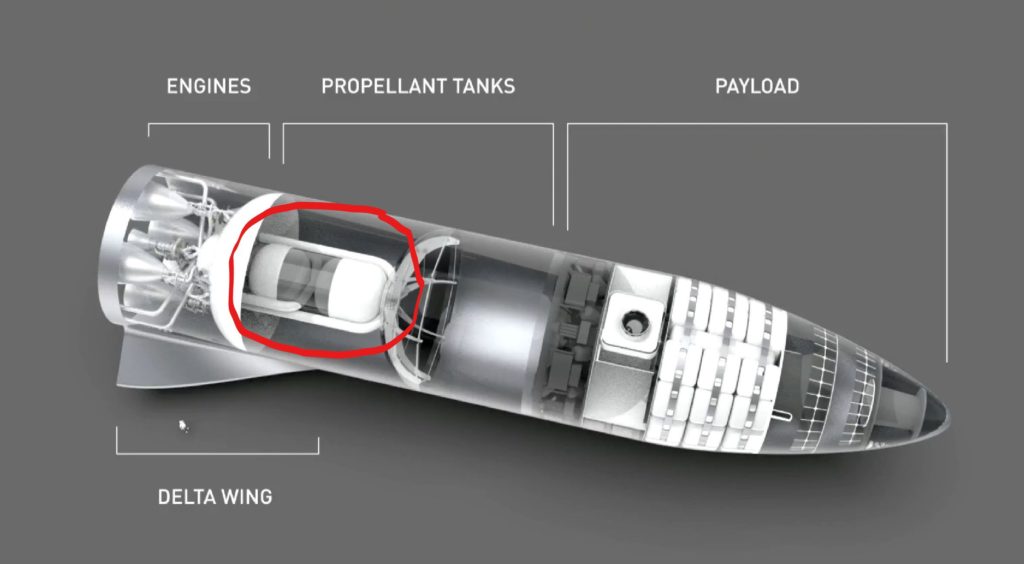
BFS’ header tanks circled in red. (SpaceX)
BFS Tanker
Q: Will the BFS tanker’s payload section be empty, or include extra propellant tanks?
A (Elon): At first, the tanker will just be a ship with no payload. Down the road, we will build a dedicated tanker that will have an extremely high full to empty mass ratio (warning: it will look kinda weird).
Using one version of the BFS as both a tanker and ship will streamline the initial development process for the rocket.
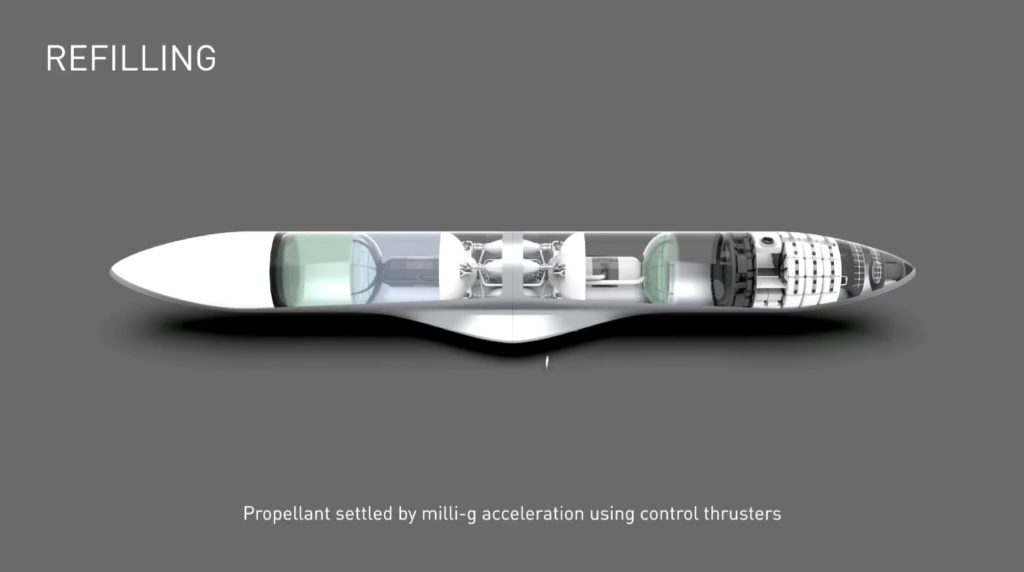
Two Spaceships docked for refuelling. (SpaceX)
Q: Will the BFS tanker ships (have to) do a hoverslam landing?
A (Elon): Landing will not be a hoverslam, depending on what you mean by the “slam” part. Thrust to weight of 1.3 will feel quite gentle. The tanker will only feel the 0.3 part, as gravity cancels out the 1. Launch is also around 1.3 T/W, so it will look pretty much like a launch in reverse….
BFS will land relatively gently, and BFR’s liftoff will also be gentle.
Development schedule
Q: With the first two cargo missions scheduled to land on Mars in 2022, what kind of development progress can we expect to see from SpaceX in the next 5 or so years leading up to the maiden flight?
Will we see BFS hops or smaller test vehicles similar to Grasshopper/F9R-Dev? Facilities being built? Propellant plant testing? etc. etc.
A (Elon): A lot. Yes, yes, and yes.
A (Elon): Will be starting with a full-scale Ship doing short hops of a few hundred kilometers altitude and lateral distance. Those are fairly easy on the vehicle, as no heat shield is needed, we can have a large amount of reserve propellant and don’t need the high area ratio, deep space Raptor engines.
Next step will be doing orbital velocity Ship flights, which will need all of the above. Worth noting that BFS is capable of reaching orbit by itself with low payload, but having the BF Booster increases payload by more than an order of magnitude. Earth is the wrong planet for single stage to orbit. No problemo on Mars.
The first real tests of the BFR will be done by hopping a full-scale BFS “several hundred kilometers”. BFS is capable of launching itself and a tiny payload into orbit, but the utility is limited on Earth. On Mars, BFS will be far more capable as a single stage to orbit (SSTO) launch vehicle.
- F9R-dev, used to test vertical take off and landing for Falcon 9. BFR will go through a similar program with its spaceship upper stage prior to orbital missions. (Steve Jurvetson)
- F9R sadly suffered a software bug and self-destructed in 2014, but SpaceX had already learned most of what it needed to begin Falcon 9 recoveries. (Steve Jurvetson)
Raptor and rocket propulsion
Q: Why was Raptor thrust reduced from ~300 tons-force to ~170 tons-force?
A (Elon): We chickened out. The engine thrust dropped roughly in proportion to the vehicle mass reduction from the first IAC talk. In order to be able to land the BF Ship with an engine failure at the worst possible moment, you have to have multiple engines. The difficulty of deep throttling an engine increases in a non-linear way, so 2:1 is fairly easy, but a deep 5:1 is very hard. Granularity is also a big factor. If you just have two engines that do everything, the engine complexity is much higher and, if one fails, you’ve lost half your power. Btw, we modified the BFS design since IAC to add a third medium area ratio Raptor engine partly for that reason (lose only 1/3 thrust in engine out) and allow landings with higher payload mass for the Earth to Earth transport function.
The Raptor engine’s maximum thrust has been decreased mainly because the size of the rocket decreased, from 12m to 9m in diameter. For redundancy’s sake, SpaceX has added a third central engine to the spaceship, versus the two engines mentioned at the 2017 IAC.
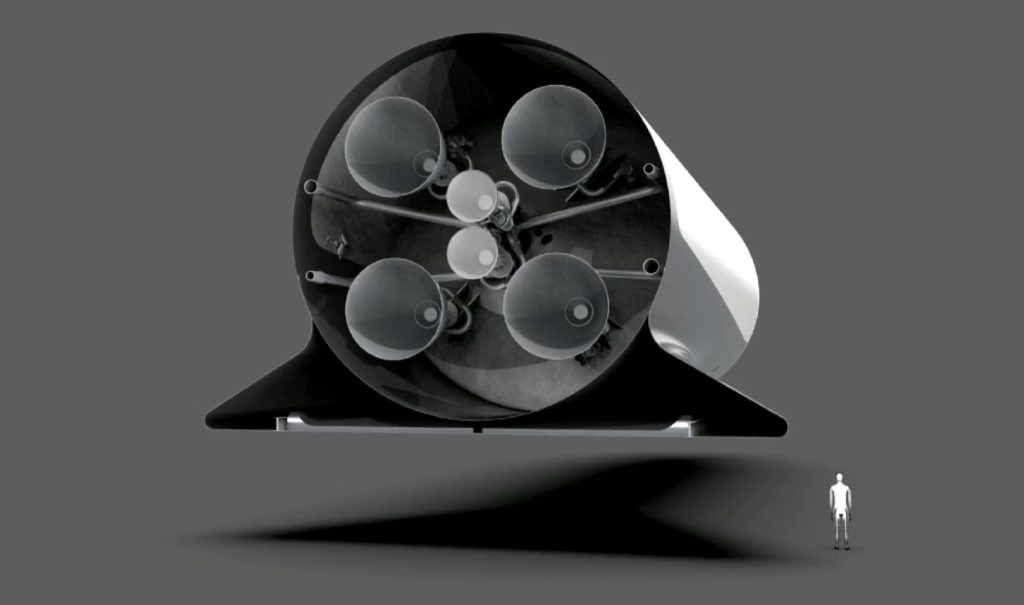
BFS’ delta “wings” from the rear of the ship. Also shown are the Raptors, with the two in the center now reportedly expanded to three engines. (SpaceX)
Q: Will the BFR autogenous pressurization system be heat exchanger based?
A (Elon): We plan to use the Incendio spell from Harry Potter
A (Elon): But, yes and probably
Autogenous pressurization refers to the method of propellant tank pressurization used. In microgravity conditions, tanks must be pressurized to keep fuel flowing to the engines and to improve the density of the fuel. While Falcon 9 currently uses high-pressure helium, ITS and now BFR have been designed to use the actual propellant in their tanks (methane and oxygen) for pressurization. This reduces the number of failure modes on BFR and improves the spaceship’s payload capabilities.
Q: Will the BFS methalox control thrusters be derived from Raptor or from SuperDraco engines?
A (Elon): The control thrusters will be closer in design to the Raptor main chamber than SuperDraco and will be pressure-fed to enable lowest possible impulse bit (no turbopump spin delay).
Like Falcon 9, BFR will need gas thrusters (RCS, reaction control system) to control its orientation (and refuel) while in microgravity conditions. While Falcon uses cold nitrogen gas thrusters, BFR will utilize the propellant it is already carrying for Raptor, methane and oxygen. Again, the goal of this is to reduce complexity.
Q: Could you update us on the status of scaling up the Raptor prototype to the final size?
A (Elon): Thrust scaling is the easy part. Very simple to scale the dev Raptor to 170 tons.
The flight engine design is much lighter and tighter, and is extremely focused on reliability. The objective is to meet or exceed passenger airline levels of safety. If our engine is even close to a jet engine in reliability, has a flak shield to protect against a rapid unscheduled disassembly and we have more engines than the typical two of most airliners, then exceeding airline safety should be possible.
That will be especially important for point to point journeys on Earth. The advantage of getting somewhere in 30 mins by rocket instead of 15 hours by plane will be negatively affected if “but also, you might die” is on the ticket.
SpaceX’s subscale Raptor, the one seen in videos and photos of it firing, is understood to be a bit more than half the size of the operational engine described at IAC 2017. Increasing the scale of the engine is not the difficult aspect of development. Rather, optimization, weight reduction, and extreme reusability are the main sources of difficulty needed before Raptor is flight-ready. This reusability is central to the goal of reliable and rapid reuse of orbital-class rockets.
- SpaceX revealed this stunning photo of Raptor’s first (partial) hot-fire test the night before Musk’s talk at Guadalajara. (SpaceX)
- SpaceX’s subscale Raptor engine has completed more than 1200 seconds of testing in less than two years. (SpaceX)
Q: Can BFS vacuum-Raptors be fired at sea level pressure?
A: The “vacuum” or high area ratio Raptors can operate at full thrust at sea level. Not recommended.
Put simply, vacuum nozzles do not like to operate in an atmosphere.
Mars communications
Q: Does SpaceX have any interest in putting more satellites in orbit around Mars (or even rockets) for internet/communications before we get feet on the ground? Or are the current 5-6 active ones we have there sufficient?
A (Elon): Yes
Q: Also will there be some form of an internet or communications link with Earth? Is SpaceX going to be in charge of putting this in or are you contracting some other companies?
A (Elon): If anyone wants to build a high bandwidth comm link to Mars, please do.
Taken side by side, this likely indicates that SpaceX will develop a high-bandwidth Mars-Earth communications link if nobody else does, but that they would logical prefer that someone else builds that infrastructure beforehand.
Q: The concept of an internet connection on Mars is kinda awesome. You could theoretically make an internet protocol that would mirror a subset of the internet near Mars. A user would need to queue up the parts of the internet they wanted available and the servers would sync the relevant data.
A (Elon): Nerd
A (Elon): But, yes, it would make sense to strip the headers out and do a UDP-style feed with extreme compression and a CRC check to confirm the packet is good, then do a batch resend of the CRC-failed packets. Something like that. Earth to Mars is over 22 light-minutes at max distance.
A (Elon): 3 light-minutes at closest distance. So you could Snapchat, I suppose. If that’s a thing in the future.
The communication delay between Earth and Mars (at least several minutes one-way) will prevent any Martian habitats from simply integrating with Earth’s Internet. The delay will require some sort of mediation. As an example, a user on Mars could select the websites they want to browse or videos they want to watch beforehand, and they would be available between several minutes and an hour later.
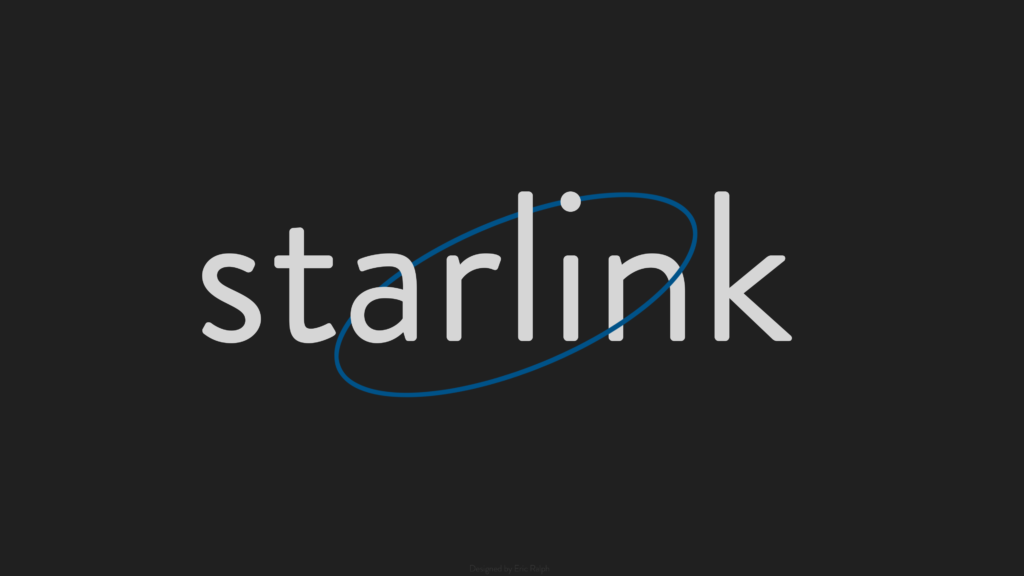
SpaceX’s Starlink satellite constellation efforts could provide the company with valuable experience that can be applied around Mars. (unofficial logo by Eric Ralph)
Boring!
Q: Boring question about Mars:
A (Elon): More boring!
Miscellaneous silliness
Q: This is one bizarre AMA so far…
A (Elon): Just wait…
Q: i feel like thats a threat. “just wait. it will get way more bizarre than that. let me finish my whiskey”
A (Elon): How did you know? I am actually drinking whiskey right now. Really.
…No comment…
All things considered, this was a wildly successful AMA. Elon clearly had a whole lot of fun, the audience got lightheartedly trolled, and SpaceX fans will undoubtedly be chewing over the technical details he elucidated for weeks to come. Special thanks are owed to the subreddit /r/SpaceX and user /u/_Rocket_, who together managed to flood the AMA with an array of intelligent, pointed, and reasonable questions, at least ten of which were answered by Musk.

Cybertruck
Tesla Cybertruck undergoes interior mod that many owners wanted

Tesla Cybertruck is significantly different from traditional pickups on the market in a lot of ways. However, one feature that was recently modified with its interior was a highly requested characteristic that is present in other trucks, but was void from Cybertruck.
Tesla went with a five-seat configuration with Cybertruck: two in the front and three in the back. The spacious interior is matched with plenty of storage, especially up front, as a pass-through, center console, and other storage options, but some Tesla fans wanted something different: bench seating.
Bench seating is popular in many full-size pickups and allows three passengers to sit up front. The middle seat is usually accompanied by a fold-down storage unit with cupholders.
Tesla decided to opt for no bench seating up front, despite the fact that it equipped bench seating in the unveiling in 2019. Interior photos from the unveiling event from nearly six-and-a-half years ago show Tesla had originally planned to have a six-seat configuration.
This was adjusted after the company refined the design:

(Tesla Cybertruck interior configuration in 2019)
Despite Tesla abandoning this design, it does not mean owners were willing to accept it. One owner decided to modify their Tesla Cybertruck interior to equip that third seat between the driver’s and passenger’s thrones.
The fit is snug, and while it looks great, it is important to remember that this does not abide byregulations, as it would require an airbag to be technically legal. Please do not do this at home with your own Cybertruck:
- Credit: @blueskykites
- Credit: @blueskykites
- Credit: @blueskykites
The Cybertruck is a popular vehicle in terms of publicity, but its sales have been underwhelming since first delivered to customers back in 2023. It’s hard to believe it’s been out for two-and-a-half years, but despite this, Tesla has not been able to come through on its extensive order sheet.
This is mostly due to price, as Cybertruck was simply not as affordable as Tesla originally planned. Its three configurations were initially priced at $39,990, $49,990, and $69,990. At release, Cybertruck was priced above $100,000.
This priced out many of those who had placed orders, which is the main reason Cybertruck has not lived up to its expectations in terms of sales. The adjustments to the specific features, like the removal of the bench seat, likely did not impact sales as much as pricing did.
This modification shows some creativity by Tesla owners, but also shows that the Cybertruck could always be the subject of a potential refresh to include some of these features. Tesla routinely adjusts its vehicle designs every few years, so maybe the Cybertruck could get something like this if it chooses to refresh its all-electric pickup.
Elon Musk
Tesla CEO Elon Musk drops massive bomb about Cybercab
“And there is so much to this car that is not obvious on the surface,” Musk said.

Tesla CEO Elon Musk dropped a massive bomb about the Cybercab, which is the company’s fully autonomous ride-hailing vehicle that will enter production later this year.
The Cybercab was unveiled back in October 2024 at the company’s “We, Robot” event in Los Angeles, and is among the major catalysts for the company’s growth in the coming years. It is expected to push Tesla into a major growth phase, especially as the automaker is transitioning into more of an AI and Robotics company than anything else.
The Cybercab will enable completely autonomous ride-hailing for Tesla, and although its other vehicles will also be capable of this technology, the Cybercab is slightly different. It will have no steering wheel or pedals, and will allow two occupants to travel from Point A to Point B with zero responsibilities within the car.
Tesla shares epic 2025 recap video, confirms start of Cybercab production
Details on the Cybercab are pretty face value at this point: we know Tesla is enabling 1-2 passengers to ride in it at a time, and this strategy was based on statistics that show most ride-hailing trips have no more than two occupants. It will also have in-vehicle entertainment options accessible from the center touchscreen.
It will also have wireless charging capabilities, which were displayed at “We, Robot,” and there could be more features that will be highly beneficial to riders, offering a full-fledged autonomous experience.
Musk dropped a big hint that there is much more to the Cybercab than what we know, as a post on X said that “there is so much to this car that is not obvious on the surface.”
And there is so much to this car that is not obvious on the surface
— Elon Musk (@elonmusk) January 2, 2026
As the Cybercab is expected to enter production later this year, Tesla is surely going to include a handful of things they have not yet revealed to the public.
Musk seems to be indicating that some of the features will make it even more groundbreaking, and the idea is to enable a truly autonomous experience from start to finish for riders. Everything from climate control to emergency systems, and more, should be included with the car.
It seems more likely than not that Tesla will make the Cybercab its smartest vehicle so far, as if its current lineup is not already extremely intelligent, user-friendly, and intuitive.
Investor's Corner
Tesla Q4 delivery numbers are better than they initially look: analyst
The Deepwater Asset Management Managing Partner shared his thoughts in a post on his website.

Longtime Tesla analyst and Deepwater Asset Management Managing Partner Gene Munster has shared his insights on Tesla’s Q4 2025 deliveries. As per the analyst, Tesla’s numbers are actually better than they first appear.
Munster shared his thoughts in a post on his website.
Normalized December Deliveries
Munster noted that Tesla delivered 418k vehicles in the fourth quarter of 2025, slightly below Street expectations of 420k but above the whisper number of 415k. Tesla’s reported 16% year-over-year decline, compared to +7% in September, is largely distorted by the timing of the tax credit expiration, which pulled forward demand.
“Taking a step back, we believe September deliveries pulled forward approximately 55k units that would have otherwise occurred in December or March. For simplicity, we assume the entire pull-forward impacted the December quarter. Under this assumption, September growth would have been down ~5% absent the 55k pull-forward, a Deepwater estimate tied to the credit’s expiration.
“For December deliveries to have declined ~5% year over year would imply total deliveries of roughly 470k. Subtracting the 55k units pulled into September results in an implied December delivery figure of approximately 415k. The reported 418k suggests that, when normalizing for the tax credit timing, quarter-over-quarter growth has been consistently down ~5%. Importantly, this ~5% decline represents an improvement from the ~13% declines seen in both the March and June 2025 quarters.“
Tesla’s United States market share
Munster also estimated that Q4 as a whole might very well show a notable improvement in Tesla’s market share in the United States.
“Over the past couple of years, based on data from Cox Automotive, Tesla has been losing U.S. EV market share, declining to just under 50%. Based on data for October and November, Cox estimates that total U.S. EV sales were down approximately 35%, compared to Tesla’s just reported down 16% for the full quarter. For the first two months of the quarter, Cox reported Tesla market share of roughly a 65% share, up from under 50% in the September quarter.
“While this data excludes December, the quarter as a whole is likely to show a material improvement in Tesla’s U.S. EV market share.“
